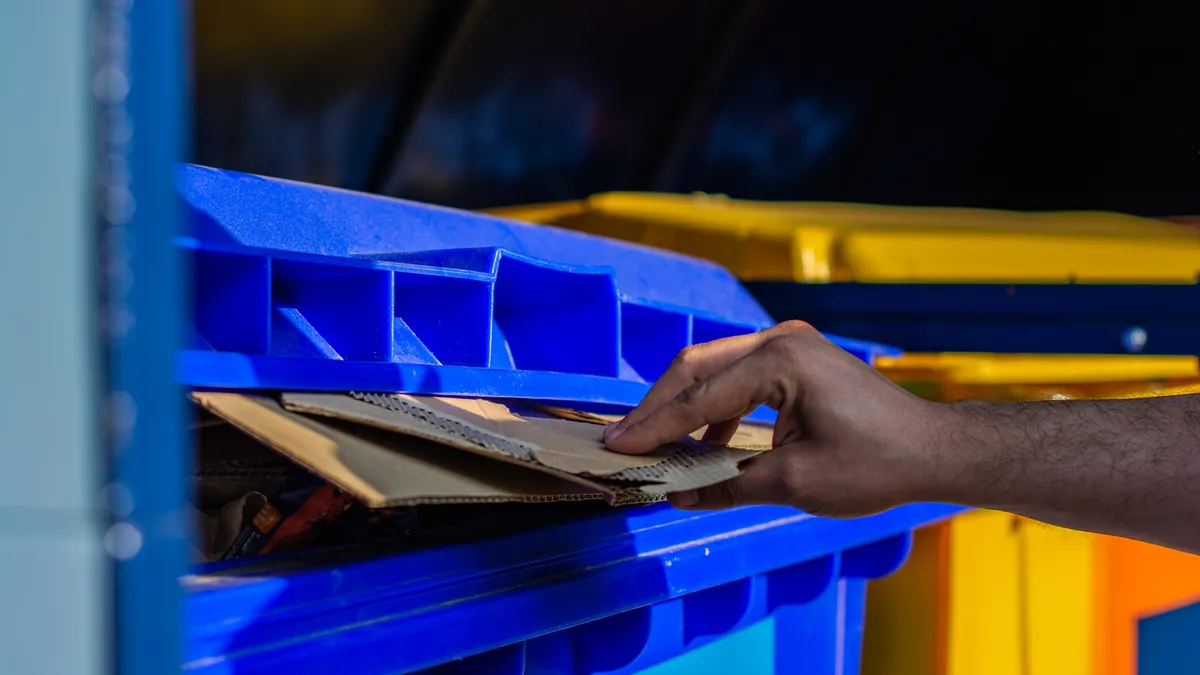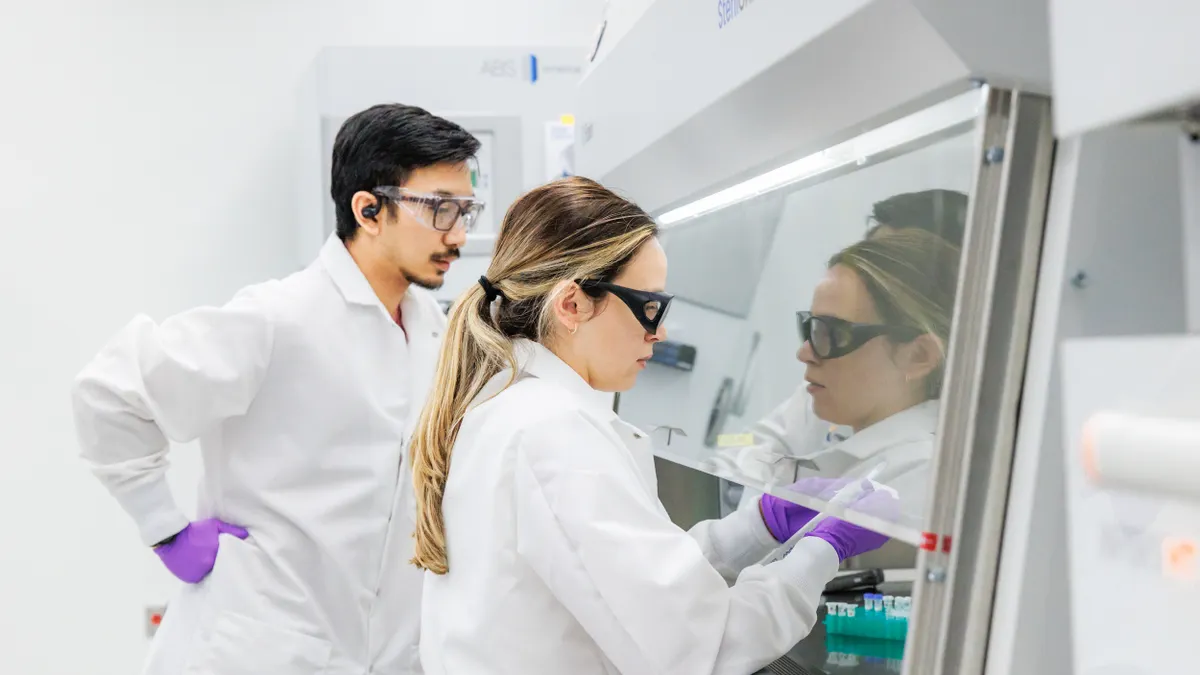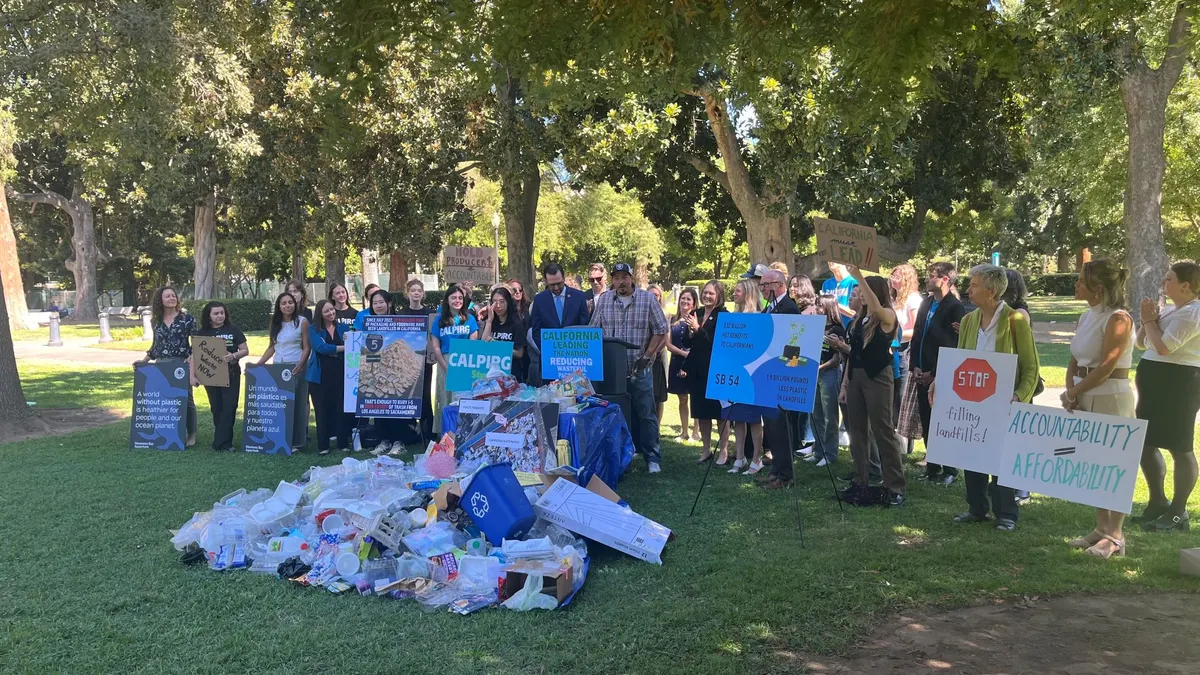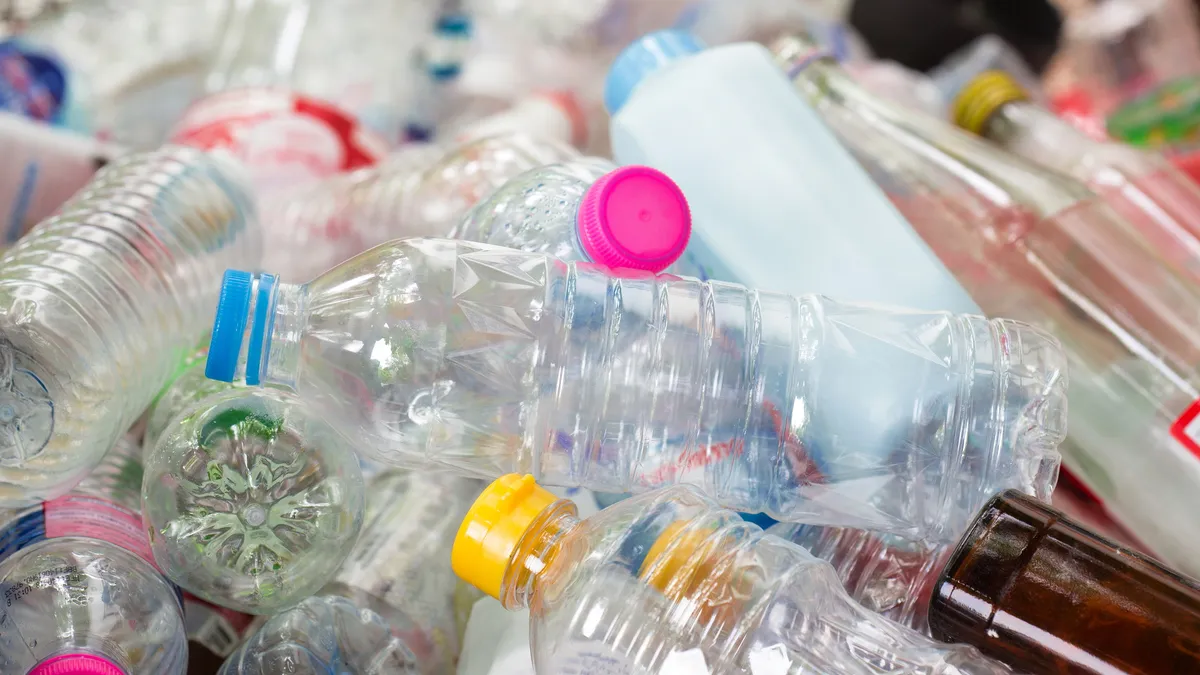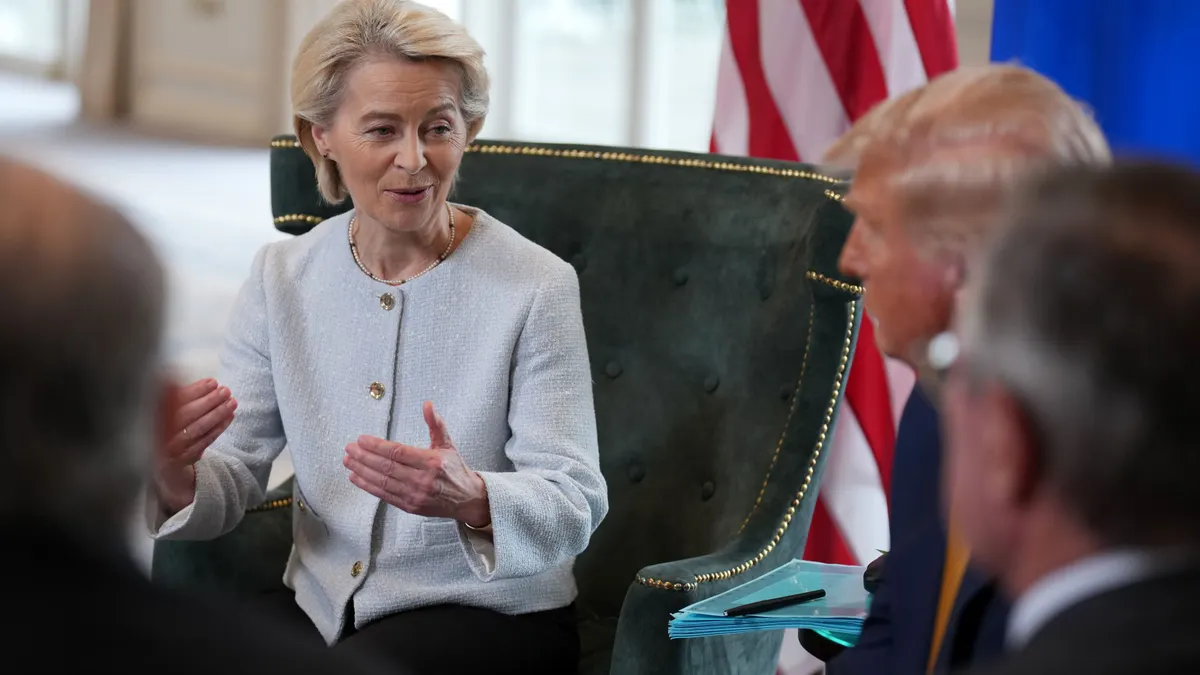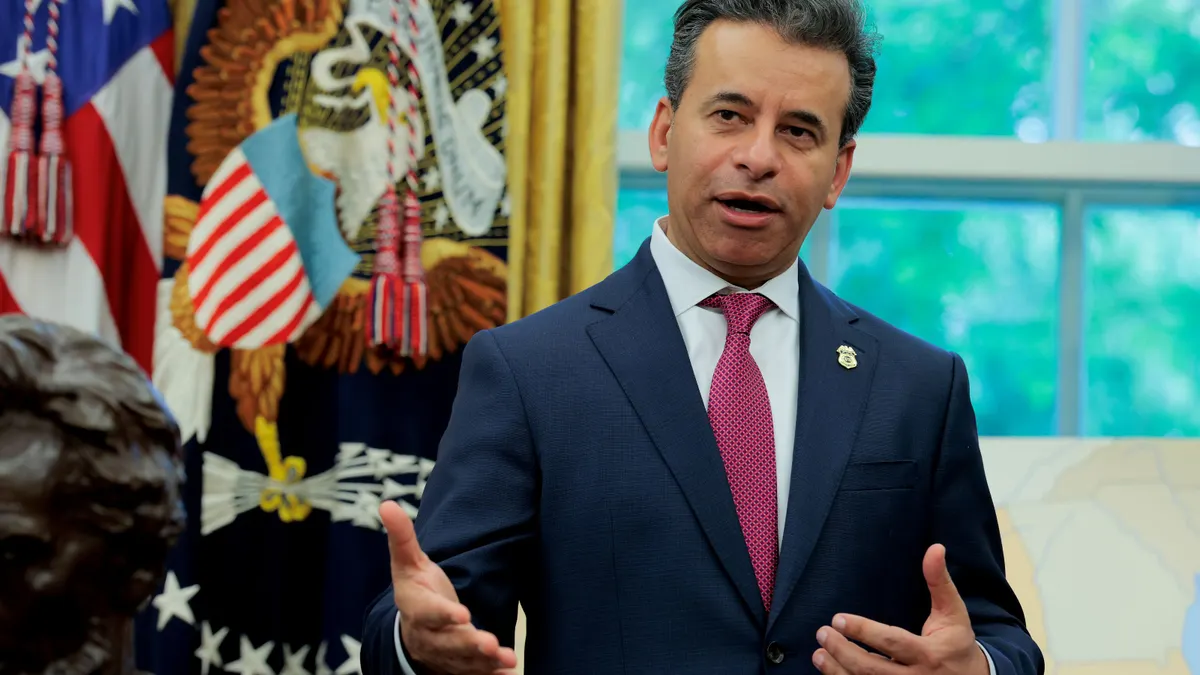As news emerged of Minnesota becoming the fifth U.S. state to adopt an extended producer responsibility for packaging law last week, packaging and recycling experts were gathered about 400 miles away at GreenBiz’ Circularity 24 in Chicago. With EPR for packaging becoming a reality in the United States, producers and waste diversion partners are working to understand and prepare for the new policies.
Compromise played an essential role in getting the Minnesota bill across the finish line, said Megan Daum, vice president of sustainability at the American Beverage Association, during a May 23 panel discussion about how to succeed in the world of packaging EPR.
“Compromise is critical. And I think what happened in Minnesota was so encouraging … because we're working together,” Daum said.
American Beverage and Ameripen differed in some of their views about how the policy should work, according to Daum: American Beverage supported full producer funding while Ameripen preferred a shared model. The law ultimately calls for producers to cover half of recycling costs to start, scaling up to 90%. Daum said that may seem “in the weeds, but it's really significant,” encouraging a mindset of not letting perfection be an enemy of good.
Daum later said that she hopes that, following the Minnesota policymaking, differing stakeholders can keep working together as EPR continues to move fast.
Fees, investments and system change
Minnesota’s law includes certain criteria for ecomodulation, but does not break it down, leaving it up to producers to figure out how rates work, Daum explained.
Charlie Schwarze, who leads sustainability at Keurig Dr Pepper and serves as board chair for Circular Action Alliance, said that while he is “a firm believer in the concept of ecomodulation,” it will take time to figure out what works best. “My sense is ecomodulation is EPR 401. And we are at EPR grade school right now,” he said. As access to quality data increases, he explained, the better they can model consequences and understand how to best design products.
Ecomodulation will also help address issues around toxics — an area about which consumers are increasingly concerned, said Kate Davenport, the newly appointed chief policy officer at The Recycling Partnership.
While the potential for additional cost burdens being passed to consumers can be a concern, Davenport encouraged stakeholders to remember that these investments are to shift entire systems. “This is a moonshot that we're talking about and we needed this policy to do that.”
Responsible end market requirements and traceability through the system will also be important for building consumer trust, Davenport explained. Historically, it’s been on haulers, municipalities and community programs to educate consumers about proper recycling. “You're talking about cents on the dollar per household … to do sophisticated behavior change,” Davenport said. “EPR creates the opportunity to aggregate dollars at a scale we've never seen before, to take the learning of the last 10 years in terms of what works.”
Domestic market development is also an important component, Davenport said, hearkening back to the example of the run on toilet paper during the early days of the COVID-19 pandemic, which spiked demand for fibers from domestic MRFs.
“That's the other thing here about EPR, is it’s about making domestic resilient supply chains that are circular. And that's going to require investment,” Davenport said. “I don't want us to get stuck in that consumer cost; it's important, I’m not denying that. But I think we also need to be able to see really big picture, and it's going to take investment.”
Reuse — another potential paradigm shift — also shows up in these state EPR laws, noted Sydney Harris, policy director at Upstream. Producers that opt to circulate reusables have the potential to face lesser fees.
“I think as each one of these laws gets iterated and worked on and everyone collaborates, we're seeing more and more refinement in how reuse is treated in the legislation,” Harris said. “I think Minnesota has some of the best definitions for reusable packaging,” Harris said, also noting its distinctions between returnable packaging and refillable packaging and separate source reduction targets, among other provisions.
Elsewhere where EPR has been adopted, Oregon, for example, will have funding to build the reuse system needed to accommodate reusable packaging, Harris said.
In California, Harris advised producers to pick certain product categories to adapt for reuse and to “start thinking about what products you are willing to collaborate radically on.”
“I know that’s tough,” Harris said, acknowledging concerns that uniform reusable packaging across a product category can mess with companies’ branding: for example, specific shapes of shampoo bottles. But there are some packaging categories, like cereal boxes, that are already quite uniform, Harris said. “Think of products like that where the packaging [was already] a little bit standardized ... I say those are good candidates for reuse. Let's start looking at those.”
Looking ahead
Schwarze called on producers to engage with the producer responsibility organization — which is already serving in California, Colorado and Oregon, and in an advisory role in Maryland — as soon as possible because it’s on producers to understand whether they count as an obligated producer in different states with these EPR laws.
“One of the complex things about each of these laws is that a definition of producer unfortunately is not standardized across each of the five states,” Schwarze said.
If certain producers don’t sign up, it will put greater strain on producers that are in the program. “One thing that we’re trying to reduce is free riders in these programs,” Schwarze said. Those that don’t register could also face fines and legal action from states, he said. “We want to minimize that as much as possible.”
Gearing up for EPR will require collaboration among multiple teams within a company. And it can take a long time to aggregate good data, he noted.
“I know this as a producer, everyone has data and in different forms and fashions,” Schwarze said. He advised producers to “start to really take a critical look at your data, start to take a look at the teams that are coming together to understand what the fees are going to look like.” This could include colleagues across finance, legal and procurement teams.
Even with ongoing questions and all the work to come, there’s plenty of reason for optimism, as explained by Davenport.
“This is our moonshot, we could get this right. And this is the opportunity to do it. And we're going to get pieces of it or wrong along the way,” Davenport said. “But if we can bring those stakeholders across the spectrum together within companies across the supply chain, this is really exciting.”



